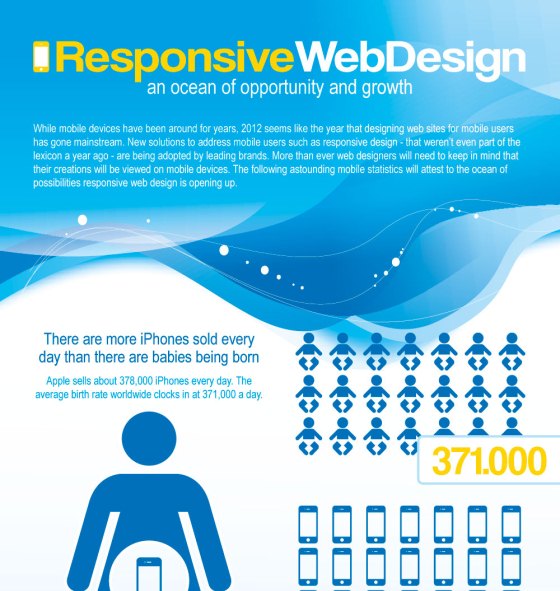Have you ever before went to a web site that took permanently to load, had a complicated navigating system, or really did not present properly on your smart phone? Opportunities are, you promptly abandoned that website and moved on to one that gave a far better individual experience.
In today's competitive on the internet landscape, it's important for companies to focus on website design that boosts customer experience in order to drive far better conversions. In this conversation, we will explore the relevance of responsive layout, the utilization of intuitive navigation, and the optimization of page load rate to develop a smooth and appealing customer trip.
Keep tuned to uncover how these components can significantly impact your site's success.
Value of Responsive Style
Receptive design is vital in today's electronic landscape for creating web sites that adapt seamlessly to different display sizes and gadgets. When your internet site is receptive, it immediately adjusts its design and content to fit any kind of gadget, whether it's a smartphone, tablet computer, or desktop computer. This is vital because increasingly more people are accessing the web via their mobile phones.
If your web site isn't receptive, it can cause a bad user experience. Customers may have to pinch and zoom to review material, switches may be also tiny to click on, and images might not be maximized for smaller sized screens. This can irritate users and cause high bounce rates and low conversions.
Making Use Of Intuitive Navigating
When creating a responsive website, it is necessary to focus on utilizing user-friendly navigation for an enhanced user experience.
Instinctive navigating refers to arranging your site's menu and navigating aspects in a sensible and user-friendly means. By doing so, you make it easier for visitors to find what they're looking for and browse via your site effortlessly.
Instinctive navigating helps reduce complication and aggravation, inevitably bring about much better customer involvement and raised conversions.
To achieve user-friendly navigating, consider making use of clear and detailed tags for your menu items, carrying out a consistent layout across all web pages, and integrating search capability for quick accessibility to particular material. In addition, it's critical to prioritize crucial pages and info, ensuring they're plainly displayed and conveniently obtainable.
Optimizing Web Page Load Speed
To enhance user experience, it's critical to optimize the web page lots rate of your internet site. Slow-moving filling times can frustrate customers and result in higher bounce prices.
Fortunately, there are https://www.forbes.com/sites/forbesagencycouncil/2022/05/20/content-the-fuel-that-runs-your-marketing-and-seo/ of methods you can carry out to improve your site's load rate. To start with, consider reducing the size of your pictures by compressing them without compromising high quality.
In addition, optimize your code by lowering unneeded manuscripts and CSS data. More Information and facts is to utilize web browser caching, which permits particular elements of your web site to be saved locally, reducing load times for returning site visitors.
In addition, take into consideration making use of a material delivery network (CDN) to disperse your internet site's documents throughout numerous servers, enhancing tons rate for customers in various geographical areas.
Final thought
To conclude, by employing receptive style, user-friendly navigating, and optimizing web page load speed, web designs can considerably enhance user experience and drive much better conversions.
With an user-friendly user interface, very easy navigation, and fast loading times, sites can catch and preserve the interest of customers, leading to raised interaction and higher conversion prices.
So, don't delay in executing these website design methods to make certain a seamless and successful user experience!
